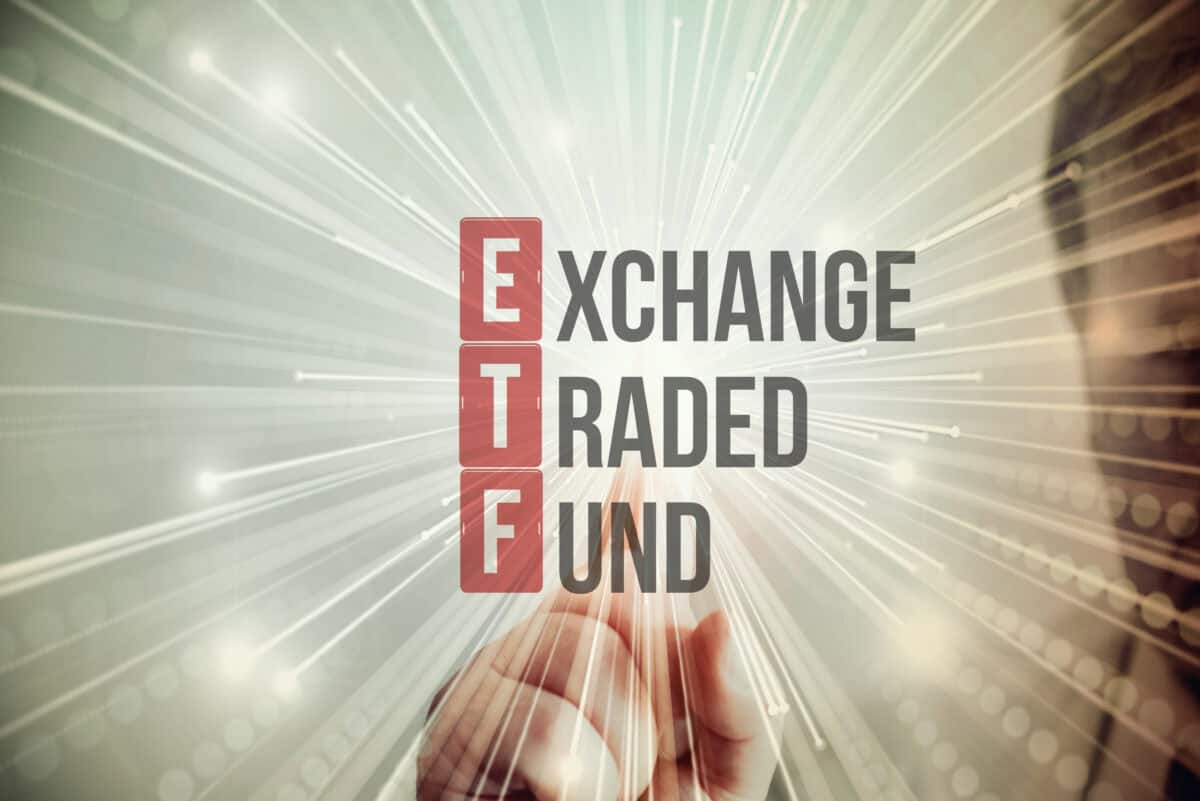Are you looking to use your TFSA to accumulate significant sums of monthly passive income? It sounds like a pipe dream, but it can be done. If you’re fairly modest with your goals, you can achieve a TFSA income supplement comprised of dividends and interest that pays you for the rest of your life. Averaging something like $250.62 per month is quite do-able, even with modest amounts of savings. In this article, I explore how you can get $250.62 in monthly passive income with as little as $80,000 invested upfront.
Invest in TSX ETFs
If you want to get passive income in your portfolio, the safest investments to go with are guaranteed investment certificates (GICs) and exchange traded funds (ETFs).
As far as GICs go: those are the least risky option of all because they are insured by the government. The insurable amount is up to $100,000. They are simple investments offered by banks that are halfway between a savings account and a bond. Like savings accounts, they are tied to issuing banks and not traded. Like bonds, they pay interest rates meaningfully greater than zero. The average long-term GIC yield right now is about 3.5%. To get $250.62 in passive income from a 3.5% yielding GIC, pick a long-term GIC, choose the “interest paid monthly” option, and invest $85,927. This will get you roughly $250.62 in monthly passive income.
With index funds, there is more risk involved. Index funds are the most diversified and least risky of stock market investments, but they are far riskier than insured products like GICs. A 3.5% yielding monthly pay ETF should get you $250.62 in monthly income. However, that amount may rise or fall over time depending on how the fund’s stocks perform.
Some examples of good index funds and ETFs to hold
If you’re looking for some TSX index funds and ETFs to research for portfolio inclusion, I have some suggestions for you.
The first is the BMO Canadian Dividend ETF (TSX:ZDV). It’s a fund comprised of 50 Canadian dividend stocks. It has a 3.8% dividend yield, and a 0.38% annual management fee. The fee is higher than that of a true, broad market TSX Index fund, but so is the yield. If you’re looking for high yield then ZDV’s fee may be worth it, as broad-market TSX funds these days only yield about 2.5%.
If you invest $80,199 in ZDV, you get $250.62 in monthly passive income if the dividend does not change. See the table below for illustration.
| COMPANY | RECENT PRICE | NUMBER OF SHARES | DIVIDEND | TOTAL PAYOUT | FREQUENCY |
| BMO Canadian Dividend ETYF | $22.41 | 3,579 | $0.07 per month ($0.84) | $$250.53 ($3,000.36 per year) | Monthly |
As you can see, the monthly amount comes out to $250.53, just a few cents away from the $250.62 figure I started this article with.
A second option is broad market TSX Index funds like the iShares S&P/TSX Capped Composite Index Fund. These funds invest in the whole market so they have more diversification and less risk than ZDV. However, their dividend yields are lower.
One important caveat is in order here: with equities, even low risk ones like index funds, nothing is ever guaranteed. They are not insured by the government like GICs are, and they’re generally riskier than bonds. However, with such funds, there is potential for dividend increases. You don’t get that with most bonds. So, you should probably have some equities in your portfolio.
 Stock Up Sale
Stock Up Sale








